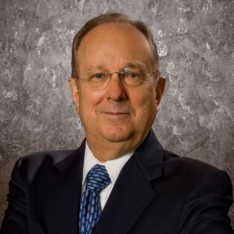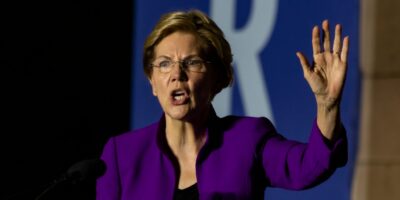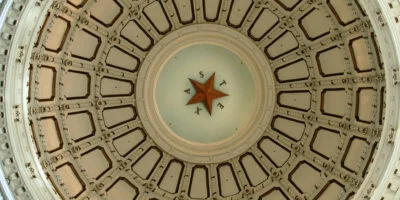Abolishing California Passenger Cars Could Reduce Global Greenhouse Gases – by 0.26%

California Governor Gavin Newsom signed an executive order ostensibly banning the sale of new gasoline or diesel-powered cars and light trucks after 2035.
The most obvious problem with Governor Newsom’s hubristic impulse to change world temperatures by gradually electrifying his state’s fleet of passenger vehicles is that global greenhouse gas emissions are from the whole globe, not just one state.
In a frequently quoted comment, the Union of Concerned Scientists claimed, “Our [American] personal vehicles are a major cause of global warming.” That might sound concerned but it’s not science. In fact, U.S. passenger vehicles account for only about 2.4% of global greenhouse emissions. Since California accounts for 11% of all U.S. light vehicles, totally abolishing all passenger vehicles in California (not just the newest ones) might reduce global greenhouse gases by 0.26%.
That 2.4% estimate takes a few simple steps: First, the U.S. accounts for 15% of global greenhouse emissions, according to the Environmental Protection Agency. Second, the Transportation Energy Data Book notes that transportation accounted for 28% of U.S. energy use in 2018, but “cars and light trucks accounted for 58% of U.S. transportation use.” Third, using the share of energy use to approximate shares of greenhouse gas emissions, U.S. cars and light trucks accounted for roughly 16% of U.S. greenhouse gases (58% of the 28% attributed to transportation). Fourth, the 2.4% estimate is simply that 16% figure multiplied by the U.S. 15% share of global emissions.
That string of calculations results in all U.S. passenger cars and light trucks contributing an estimated 2.4% to global warming, with California being only a small fraction (11%) of that small number. Even literally abolishing all cars and light trucks in the entire United States would make only a trivial change in worldwide carbon and methane emissions.
The second big problem with the symbolic hubris of pretending to cool the planet by compelling Californians to switch to electric cars (if and when they ever buy a new one) is that it would take decades to replace the existing fleet, estimated at 111 million cars and 138 million light trucks. An engineering journal boasted that, “2018 saw massive growth in EV sales to 328,188 and a market share of about 1.96%,” while noting that California alone “accounts for 48% of all EV sales in the US.” Through July, California’s electric light vehicles accounted for 1.6% of the new vehicles sold.
It might make WOKE Californians feel better to pretend that buying a $185,000 electric Porsche Taycan can help reduce the average yearly temperature of the world. Yet California has only five hundredths of one percent of the world population (39.8 million out of 7.8 billion). No matter how large California’s share of new electric car sales becomes, the overwhelming bulk of all light vehicles in the nation and world in 2030-2040 will not be new and will not be electric.
Even if new U.S. electric vehicles had a nationwide market share of 20% by 2030, as optimists predict, each year’s new cars and light trucks make only a small change in the fleet – which would still be 93% gas and diesel vehicles in 2030. It won’t matter anyway, since U.S. cars and light trucks now account for only about 2.4% of global greenhouse gas emissions.
Besides, electric cars don’t run on air or water. They need electricity which is most often from natural gas, coal and sometimes “biomass” (which mostly consists of burning wood with coal, or burning food converted to fuel). In 2019, U.S. domestic production of natural gas was 34.9 quadrillion BTUs compared with 25.4 from crude oil, 14.3 from coal, 8.5 from nuclear, 2.7 from wind and 1 quad from solar power. The last two (wind and solar = 3.7 quads) can’t even begin to replace the first three (oil, gas and coal = 74.6 quads).
Politicians naturally enjoy the publicity from symbolic gestures of pretending to impose their wishes on some year in the distant future when other politicians would bear the backlash (such as House Democrats voting to raise the minimum wage to $15 – but not until 2027).
Governor Newsom claims the right to dictate what sort of new cars Californians can buy, but not until 2035. When 2035 arrives, a different California Governor and legislature will surely ignore Newsom’s political time bomb. For one state to switch to electric cars would be demonstrably irrelevant to global warming, but not to the right of that state’s consumers to spend their earnings as they wish.










